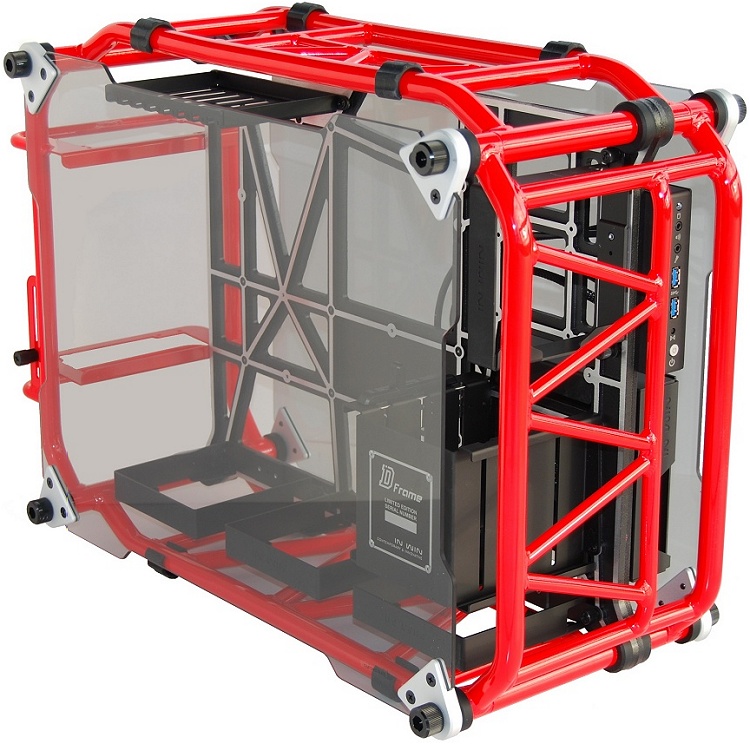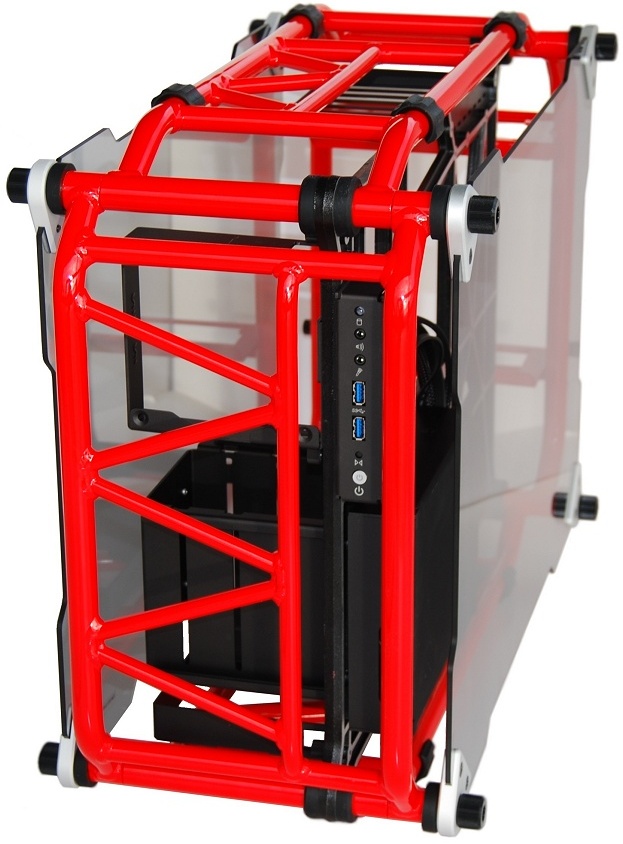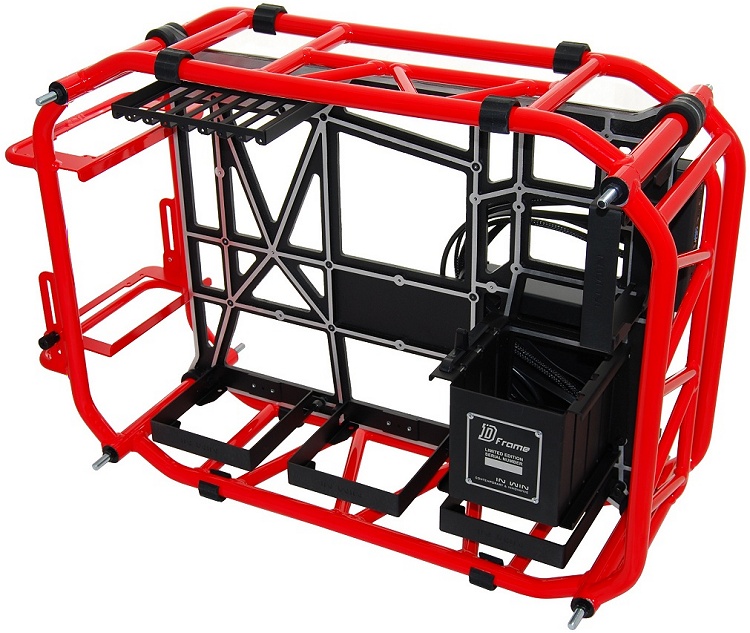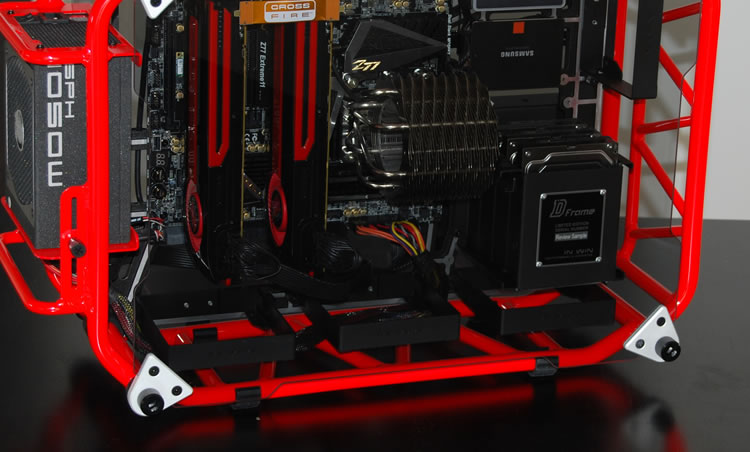With today's flooded chassis market, we're often forced to focus on the more unique options offered by the likes of Cooler Master, Corsair, Lian Li, Antec, Silverstone, and a few other top brands. Over the years, we've had the pleasure of handling plenty of enclosures, but none from the folks at In Win – a surprise considering they've been in the game since 1985.
Before last year, no In Win cases really caught our attention. That changed when we spotted the open-air X-Frame midway through 2012. Although the X-Frame was fairly featureless and extremely expensive, its unusual construction proved interesting enough to win over many enthusiasts. Following the X-Frame's success, In Win introduced the H-Frame – a similarly unique and equally pricey chassis with a feature list that includes eleven diamond-cut aluminum plates.
Although we didn't review those products, they certainly piqued our interest enough that we had to lay hands on the D-Frame, In Win's latest open-air chassis and its finest creation yet in our opinion. Unveiled at CES 2013, the D-Frame will only be available in a limited quantity of 1,000 units – half of them painted red and half orange.
Accompanying its unusual looks, the D-Frame's aluminum pipe and tempered glass construction offers a unique user experience in that the case must be assembled before housing components. Building the enclosure is a little time consuming and the instructions are difficult to follow at times, but the process is simple enough that most folks should manage with a little patience. Besides, we figure if you're spending $400 on a computer case, you probably don't mind getting a bit more hands-on.


At that price, In Win's newcomer is brushing shoulders with some of the market's finest enthusiast cases. Considering it doesn't have any fans, hot-swappable drive bays or nearly any other feature you'd normally expect from a high-end chassis, it seems the D-Frame may have to rely on novelty factor to attract buyers and it certainly has it work cut out when it comes to impressing us as we've had mixed experiences with other open-air solutions.
In & Around the D-Frame
With the In Win D-Frame assembled, we essentially have the skeleton of a computer case – albeit a pretty sweet skeleton. The D-Frame measures 19" x 12" x 26.3" (482 x 305 x 668mm) and can house power supplies as long as 220mm, graphics cards measuring up to 330mm and CPU heatsinks as tall as 160mm.



From the front, the D-Frame reveals a panel with five diagonal beams as well as a slot that allows access to the front panel connectors.


Front panel connectivity includes a pair of USB 3.0 ports along with two audio jacks for headphones and a mic. The panel also includes small power and reset buttons beside a power light.

Given the D-Frame's price, In Win could have integrated a much more impressive panel and perhaps done something more creative with the power button. Still, as boring as the front panel I/O is, it still manages to blend well into the case's design.

The top panel is quite similar to the front panel except there is no connectivity, fan mounts or, well, much of anything besides four rubber pads that protect the case if you place it upside down.



The base panel is different to the top panel in design, though it does have the same four rubber pads.


The rear panel is the most unique as it is designed to house the power supply. There is no rear motherboard access as the board is mounted sideways, much as it is in the Silverstone Raven cases.

The D-Frame supports three 3.5" drives along with two 2.5" drives and a single external 5.25" optical drive. There are also four 120mm fan mounts included, though the fans themselves must be purchased separately.
